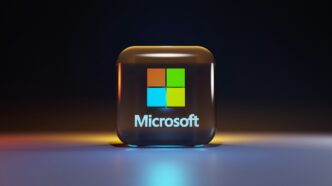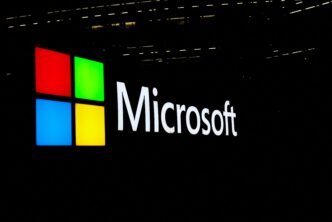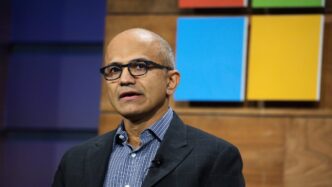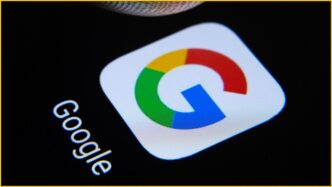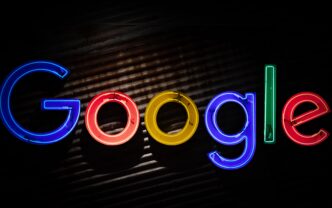Microsoft is opening a new chapter in conversational AI with NLWeb, a project aimed at helping developers seamlessly embed chatbots into their websites. Unveiled during Build 2025, Microsoft NLWeb allows site owners to add smart, customizable chat interfaces using only a few lines of code.
This move is part of Microsoft’s broader vision to bring intelligent, user-friendly interfaces to more corners of the web. By leveraging NLWeb, developers can pair the AI model of their choice with proprietary data to power unique chatbot experiences. From helping shoppers plan outfits for a trip to guiding home cooks with recipe suggestions, the use cases are as varied as the web itself.
But NLWeb goes beyond just embedding chat windows. Sites built with NLWeb can optionally make their content accessible to AI models that support MCP — a standard from Anthropic designed to link AI systems with real-time data. That means the information on these pages could be surfaced in richer, more meaningful ways within compatible AI agents.
Microsoft sees NLWeb as a foundational technology for the next evolution of the web — what it calls the “agentic web.” In this future, websites don’t just display information but interact with users through natural conversations. According to the company’s press materials, NLWeb plays a role similar to HTML, but tailored for AI agents, enabling users to engage with web content semantically instead of just visually.
Although Microsoft hasn’t confirmed it, there are signs that NLWeb may have originated within OpenAI — one of Microsoft’s closest AI partners. Last year, reports revealed that OpenAI was testing similar technology with high-profile partners like Redfin, Eventbrite, Condé Nast, and Priceline. That early prototype, aimed at bringing ChatGPT-style conversations to brand websites, reportedly hit technical snags and was delayed.
Now, those delays appear to be over. NLWeb is live, and while it may have evolved from the original OpenAI concept, the result is a more open, extensible tool for the broader developer community. It’s another clear signal that Microsoft is betting on an AI-native web — where human interaction meets machine understanding at the very front door of the internet.
